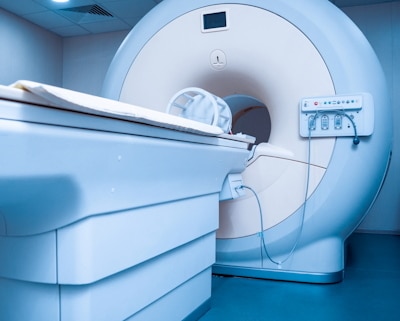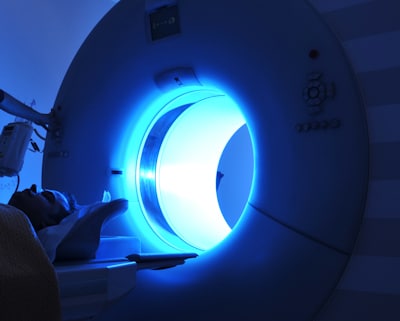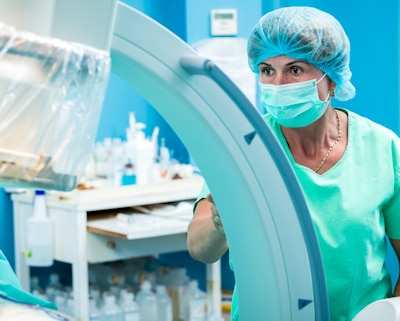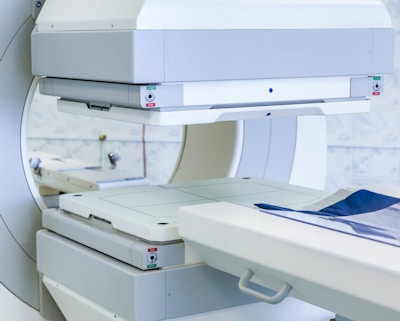January 13, 2023 — Three-quarters of MR sites in the U.S. anticipate that their 2022 procedure volume will be higher in 2022 than in 2021, according to IMV Medical Information Division’s 2022 MR Market Outlook Report. And that growth will be achieved across all site types.
Independent imaging centers are most optimistic about procedure volumes increasing, with 80% anticipating growth. Meanwhile, midsized, 200-399 bed hospitals are comparatively least optimistic at 70%, although this is still a very optimistic level.
At the time of the 2022 survey, 53% of MR sites were considering the purchase of a new scanner between 2022 and 2025. Compared with the 2021 survey, purchase consideration (“yes” and “maybe”) increased 3 percentage points to 53% of sites.
According to the survey, the top 5 priorities and outlook factors for MR departments are:
- “Improve patient satisfaction with their MR experience.”
- “Satisfy the needs of referring physicians.”
- “Improve staff satisfaction and morale.”
- “Improve MR department workflow and productivity.”
- “Reduce patient backlog and waiting time.”
Reducing patient backlog and waiting time was a new addition to the list of top 5 priorities and outlook factors.
In notable trends, artificial intelligence (AI) is being used in MR to improve image quality and improve workflows. The #1 ranked use of AI in MR departments is to improve image quality output, with 50% of respondents ranking #1 or #2. The #2 ranked use of AI/machine-learning capabilities — with 44% of respondents ranking #1 or #2 — is to help the department’s workflow from image acquisition to providing images to the radiologists.
The impact of the COVID-19 pandemic on MR departments peaked in 2021 and is now at the lowest level since 2020. The peak impact occurred in 2021 with 65% of departments experiencing a medium or high impact from the pandemic, with an average rating of 6.9 out of 10, with 10 being the highest impact. In the summer of 2022, 24% of sites continued to experience a medium or high impact with an average rating of 4.2 out of 10.
As of this 2022 survey, GE HealthCare and Siemens Healthineers together comprise 74% of the MR installed base, with 37% installed base share each, followed by Philips with 11% and Fujifilm Medical Systems and Canon Medical Systems with 7% each.
Looking at the MR power injectors installed as of this 2022 survey, Bayer is the leader, with 74% of the installed units. Guerbet accounts for 13%, followed closely by Bracco Diagnostics with 13%.
With lots of recent advances in MR scanner technology this is an interesting segment to watch for the next few years.
Want to share your knowledge of medical imaging? Sign up for the IMV Survey panel today.
Davin Korstjens is a Senior Market Research Program Manager at IMV Medical Information Division, part of Science and Medicine Group.
IMV’s 2022 MR Market Outlook Report explores market trends in U.S. hospitals and imaging centers, including procedure volume, manufacture-installed base features and share, the use of OEM vs. third-party service providers, purchase plans, brand loyalty, and site operations characteristics.
The MR Market Outlook Report was published in December 2022 and is based on responses from 300 radiology/departmental administrators and clinicians who participated in IMV’s nationwide survey in July-August 2022. Their responses have been projected to the IMV-identified universe of hospitals and imaging centers in the U.S. that use MR systems to perform imaging procedures, and the report provides market forecast information addressing the MR unit market in the United States for 2022-2025. Vendors covered in this report include GE, Philips, Siemens, Canon, Fujifilm, Bayer, Bracco, Guerbet and more.
For information about purchasing IMV Market Outlook Reports, visit the corporate website at https://imvinfo.com/ or call 703-778-3080 ext. 1033 to speak with a representative. In addition to the report, all purchases will include a complimentary recording of an executive summary presentation of findings conducted by IMV’s Senior Program Manager.
Disclosure: IMV Medical Information Division is a sister company of AuntMinnie.com.





